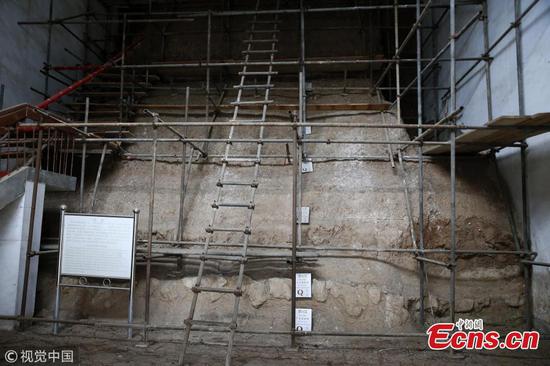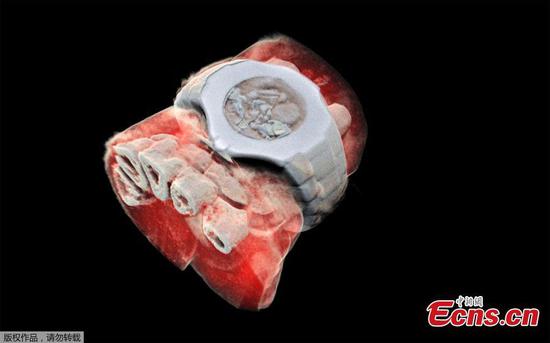A British-Chinese team of scientists has discovered evidence that early human ancestors were in Asia 2.12 million years ago, more than 200,000 years earlier than previously thought.
Stone tools found at Shangchen on a plateau in northern China suggest primitive humans, or a close relative, were in the region. Previously, the earliest evidence of human ancestors outside Africa was in Dmanisi, Georgia - dating back 1.85 million years.
The new findings, published in the scientific journal Nature, indicate that hominids, the family that includes humans and their ancestors, left Africa earlier than is suggested by the evidence at Dmanisi.
The Chinese team, led by geologist Zhu Zhaoyu of the Guangzhou Institute of Geochemistry, unearthed 96 types of stone tools made for a variety of purposes.
The stones were extracted from 17 layers of sediment at a site in Shangchen, on the Loess Plateau, about 1,200 kilometers southwest of Beijing.
All the stones showed signs of having been used, and animal remains were found nearby.
The most common stone was quartzite and other quartz rock that probably came from the foothills of the Qingling Mountains, five to 10 kilometers south of the dig site, as well as from the streams flowing from them.
But it's not known yet which species of human relative made the tools.
"Our discovery means it is necessary now to reconsider the timing of when the early humans left Africa," said Robin Dennell of Exeter University, co-author of the Nature study.
The oldest known African fossil attributed to a member of the Homo family is a 2.8-million-year-old jawbone from Ethiopia.
Until now, the oldest evidence for hominids in Asia came from Georgia in the form of fossilized skeleton bits and artifacts from between 1.77 million and 1.85 million years ago.
With the new research, scientists believe that the stone tools found in China range in age from 1.6 million to 2.1 million years ago.
Agence France-Presse reported that Dennell and the team of researchers used a field of science known as "paleomagnetism" to date the sedimentary layers. The layers form when dust or mud settles and is later topped by another new soil coat. Any artifact found within a layer would be the same age as the soil around it.
The teams measured the magnetic properties of the minerals in the soil layers to determine when they were deposited.
The research also supports some scientific views that the human ancestor, Homo erectus, may have originated in Asia, not Africa.


















































